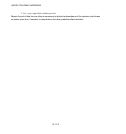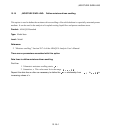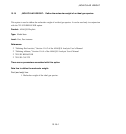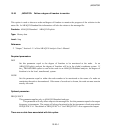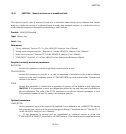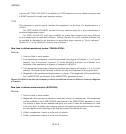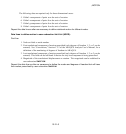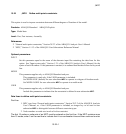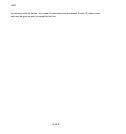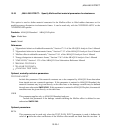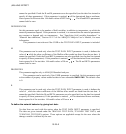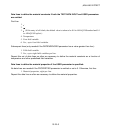*
MOTION
is given with TYPE=VELOCITY, the default is a STEP function for c avity radiation analysis and
a RAMP function for steady-state transport analysis.
TYPE
This param eter is used to specify whether the magnitude is in the form of a displacement or a
velocity.
Set TYPE=DISPLACEMENT (default for cavity radiation analysis) to give translational or
rotational displacement values.
Set TYPE=VELOCITY (only type available for steady-state transport and static analysis)
to give translational or rotational velocit ies. Velocity histories for cavity radiation problems can
be specified as illustrated in the discussion on prescribing large rotations in “Cavity radiation,”
Section 32.1.1 of the ABAQUS Analysis User ’s Manual.
Data lines to define translational motion (TRANSLATION):
First line:
1. Node set label or node number.
2. First translational component of motion prescribed (only degrees of freedom 1, 2, or 3 can be
entered). See “Conventions,” Section 1.2.2 of the ABAQUS Analysis User’s Manual, for a
definition of the numbering of degrees of freedom in ABAQUS.
3. Last translational component of motion prescribe d (only degree s of freedom 1, 2, or 3 can be
entered). This field can be left blank if motion for only one component is being presc ribed.
4. Magnitude of the translational displacement or velocity. This magnitude will be modified by
the
*
AMPLITUDE specification if the AMPLITUDE parameter is used.
Repeat this data line as often as necessary to define translational motion for different nodes and degrees
of freedom.
Data lines to define rotational motion (ROTATION):
First line:
1. Node set label or node number.
2. Magnitude of the rotation (in radians) or rotational velocity (in radians/time). This magnitude
will be modified by the
*
AMPLITUDE specification if the AMPLITUDE parameter is used.
The rotation is about the axis defined from point a to point b, w here the coordinat es of a and
b are given next. In steady-state transport analysis the position and orientation of the rotation
axis are applied at the begi nning of the step and remain fixed during the step.
3. Global x-component of point a on the a xis of rotation.
4. Global y-component of point a on the axis of rotation.
13.21–2
ABAQUS Version 6.1 Module:
ID:
Printed on:



